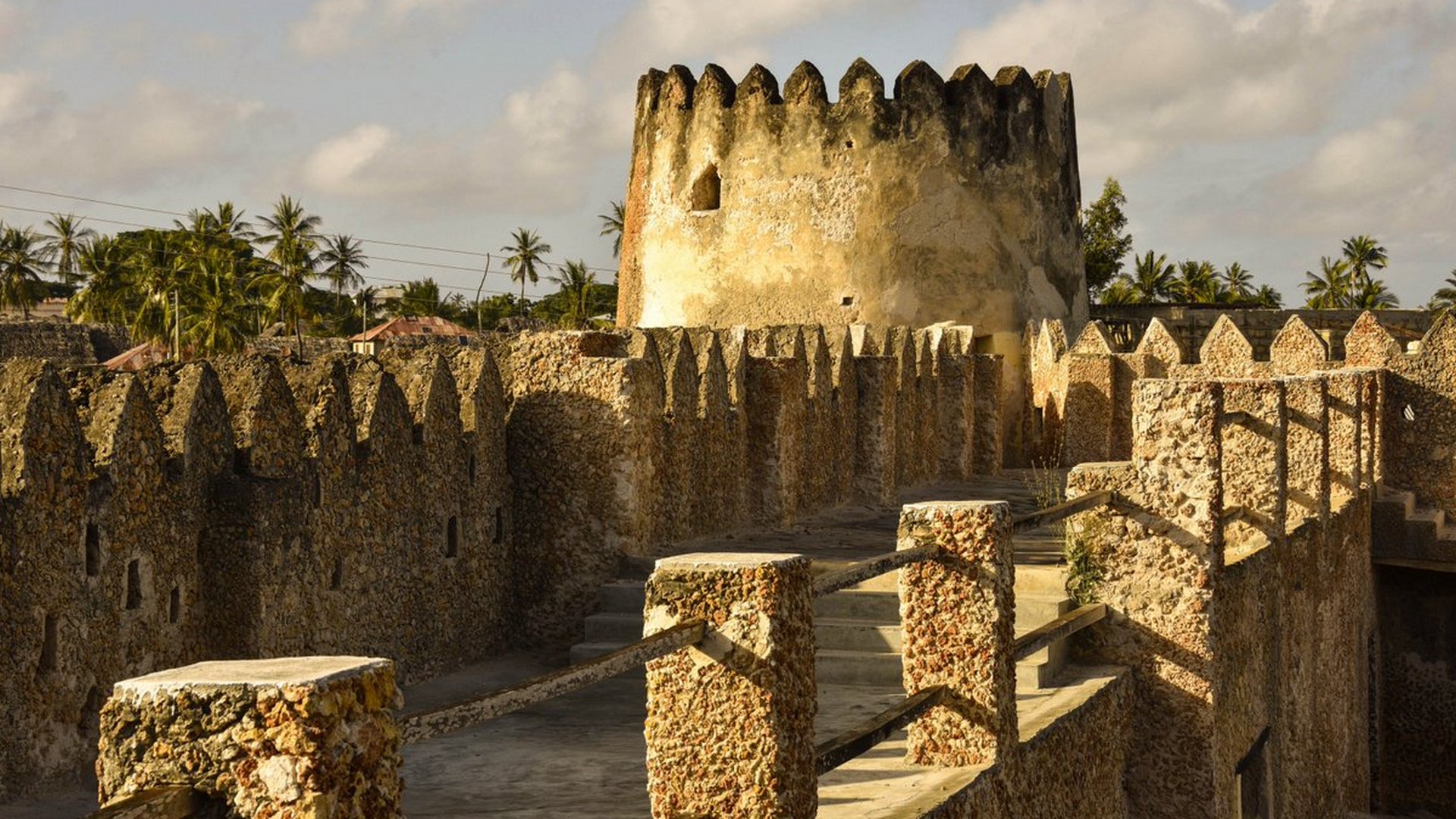Description
Property Name: Lamu Fort
Inventory No: 254-121-1
Date of infill of the inventory form: 2008-02-19
Country (State party): Kenya
Province: Lamu
Town:
Geographic coordinates: 2° 17′ 38.91″ S
40° 54′ 55.52″ E
Historic Period: 19th century, 1st half
Year of Construction: 1813-21
Style:
Original Use: Fortress
Current Use: Cultural
Architect: Unknown
Significance
–
Selection Criteria
vi. to be directly or tangibly associated with events or living traditions, with ideas, or with beliefs, with artistic and literary works of outstanding universal significance
State of Preservation
It served as a prison from 1910 to 1984 to both the British colonial regime and the Kenya government, before it was handed over to the National Museums of Kenya in 1984. Efforts to turn the Fort into a museum were started with technical and financial assistance from Swedish International Development Agency (SIDA). With its inception as a museum with environmental conservation as its general theme; Lamu Fort is basically a community center for the people of Lamu old town.The courtyard is available for weddings, meetings and theatre productions. At the ground floor there is a large exhibition space, which most recently hosted the first Environmental Museum in Africa. Upstairs there are administrative offices, laboratories, a workshop and a rooftop with impressive views over the town. There is also an excellent conference facility that is available for hire. During the British colonial period, and after the independence of Kenya, the fort was used as a prison. Today it houses an environmental museum and library, and is often used for community events.
References
Michell, George. ed. 1978. Architecture of the Islamic World; Its History and Social Meaning. London: Thames & Hudson.
National Museums of Kenya website: http://www.museums.or.ke/content/view/55/24/


